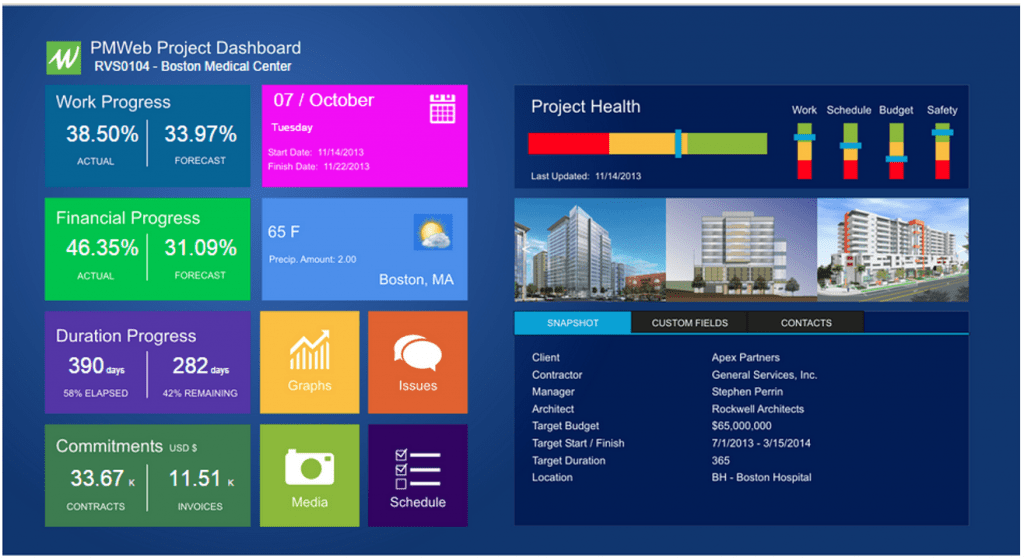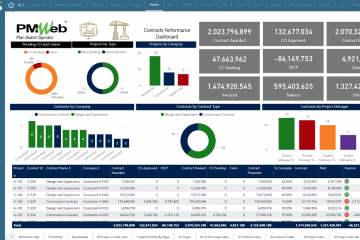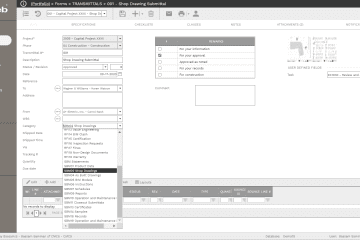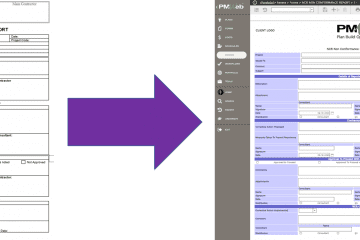Although many organizations involved in delivering construction projects have developed business continuity plans (BCP) for their corporate office operations but few, if any, would develop a business continuity plan for their construction projects. The COVID-19, pandemic, was no more than an alerting example of how such a risk event, of low likelihood but severe consequences, can drastically impact construction projects. The negative impact of this pandemic will continue to affect construction projects even after it is contained. We all need to anticipate that some of the project entities, whether they are local or international, might have difficulties continuing their construction-related business after the Corona Virus, COVID-19, catastrophe is over. The same applies to individuals who are employed by those entities and who might not be able to rejoin their projects for whatever reasons especially in countries where they depend on non-local resources in managing their construction projects. Some of those individuals might decide to retire, employed by others, change career path, relocate to a new country or stay at home country, cannot re-enter the country where the construction project is located among many others.
There are many other known and unknown risk events that could drastically impact construction projects and lead to their failures. Business continuity planning is more than just a simple task of setting out certain contingency plans and avoiding risks. It refers to how the construction project management team would have the ability to have a focused response management to deal with the situation once the consequences are known.
The purpose of this article is not to detail how to develop and implement a business continuity plan for a construction project but rather detail how a project management information system (PMIS) like PMWeb can enable adopting good practices that can ensure business continuity when it comes to managing construction projects. Similar to other digital transformation initiatives, the success of adopting a PMIS like PMWeb requires the proper implementation of the different project management processes, performance reporting and training for the project team members.
To start with, a PMIS like PMWeb can ensure that all project information is securely stored on a single web-enabled platform that can be remotely accessed by the authorized project team members each as per the set data access permission levels. Construction projects who continue to use MS Excel as their PMIS platform understands now how this bad practice of multi-data silos that are stored at different locations and controlled by different individuals will negatively impact their business. Using MS Excel as the PMIS platform brings also the many other bad practices of lack of transparency, lack of accountability, missing information, poor data quality, data manipulation, lack of data audit, lack of data integration among many others.
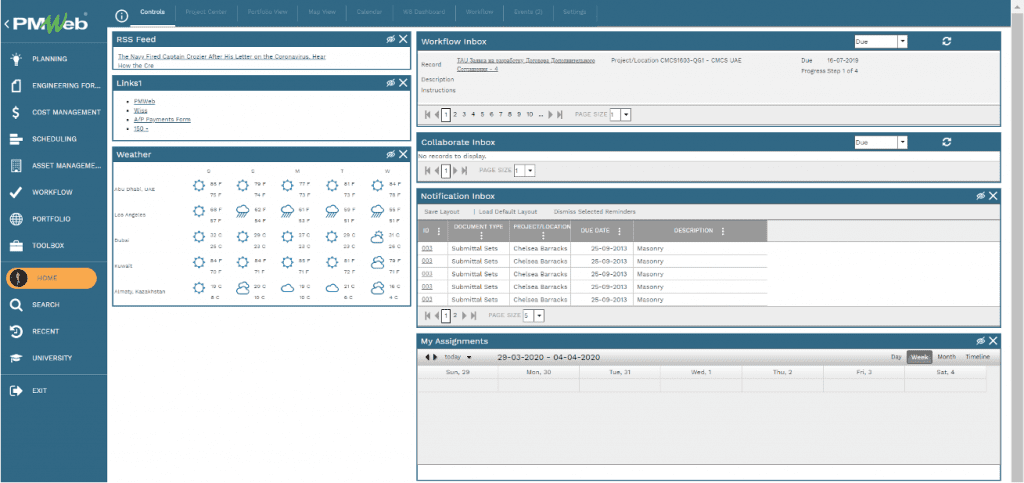
In addition, a PMIS like PMWeb allows the construction project team to have access to all project documents that were uploaded and stored into their relevant folder to exactly mirror the filing room that is part of every construction project. Unlike many other document management systems which are usually designed for document controllers to be the one who have access to upload and distribute documents, PMWeb allows the project team members to select the folder that they need to access, as long as they have the permission to do so, to upload, store and view the needed document.

Further, using a PMIS like PMWeb to automate the sequence of submit, review and approval tasks for the different project management processes not only ensure accountability, collaboration, actions audit trail and timely distribution of project’s records and documents, but also allows replacing or delegating workflow steps, for limited periods or permanently. This will ensure business continuity in managing the project management processes immediately and when needed. For projects that continue to depend on manual distribution of project records and documents either via emails or physical distribution of documents, having a risk event like the Corona Virus, COVID-19, pandemic will drastically impact the need for distribution and sharing of those records and documents.
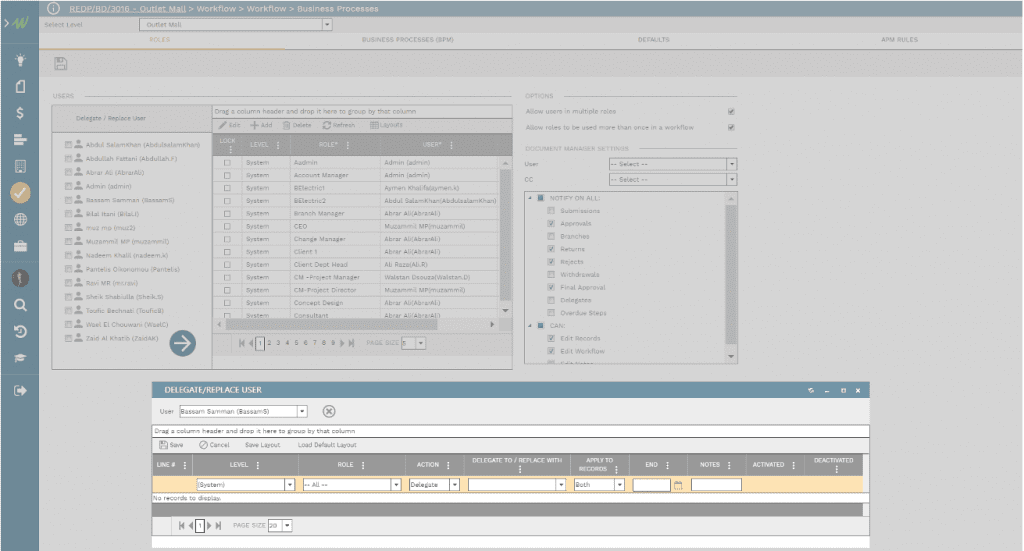
Finally, stakeholders who have the need to be aware of how a construction project is progressing and the issues that could have a negative impact on the project’s performance, real-time single version of the truth reports and dashboards are a must. Using the bad practice of manually consolidating and aggregating project’s information from the disbursed MS Excel files, document management system, planning and scheduling tool and other applications not only prohibits real-time reporting but also increases the risk of information corruption and manipulation. On the other hand, using PMWeb as the performance reporting tool, the reported project performance is automatically extracted from the PMWeb database. PMWeb dashboards and reports can be designed to enable stakeholders to drilldown to the data source for the reported performance information should they need to verify the information being reported. In addition, the dashboard can be hyperlinked to construction site cameras if this is a requirement.
